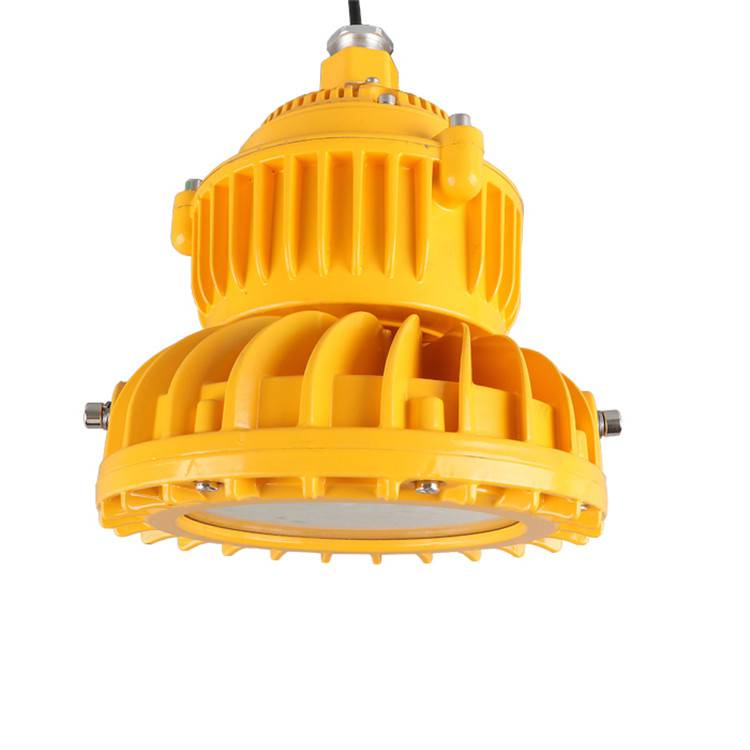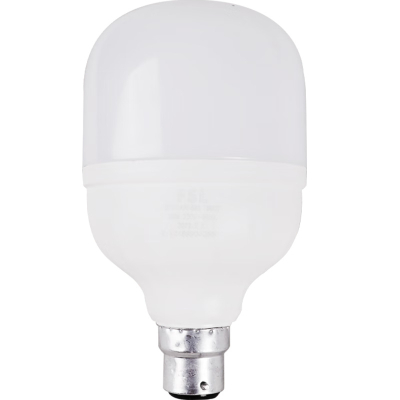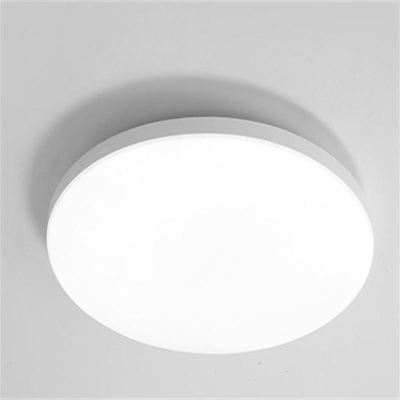Positive Pressure Explosion Proof Lamp
A positive pressure explosion-proof lamp is a specialized lighting device designed to function safely in hazardous areas where there is a potential for explosion due to the presence of flammable gases, vapors, or combustible dust. It operates on the principle of maintaining a positive pressure within the lamp enclosure, which prevents the ingress of the explosive atmosphere.
Enclosure: The enclosure of a positive pressure explosion-proof lamp is typically made of high-strength, corrosion-resistant materials such as aluminum alloy or stainless steel. It is designed to withstand the internal pressure and external mechanical impacts. The enclosure is carefully sealed to ensure that the positive pressure is maintained. It has an inlet for clean air supply and an outlet for the expulsion of any internal gases.
Light Source: The light source used in these lamps is often an energy-efficient LED (Light-Emitting Diode). LEDs offer several advantages, including low heat generation, long lifespan, and high luminous efficiency. They are mounted securely within the enclosure and are protected from the external environment.
Pressure Control System: This is a crucial component of the positive pressure explosion-proof lamp. It includes a pressure sensor, a pressure regulator, and a control unit. The pressure sensor continuously monitors the internal pressure of the enclosure. If the pressure drops below a certain set level, the control unit activates the air supply system to increase the pressure. The pressure regulator ensures that the pressure is maintained within a safe and stable range.
Air Supply System: Consists of an air blower or compressor and associated tubing. It is responsible for supplying clean, filtered air into the lamp enclosure. The air is usually sourced from a non-hazardous area and passes through a filtration system to remove any particles or contaminants that could potentially affect the operation of the lamp or create a hazard.
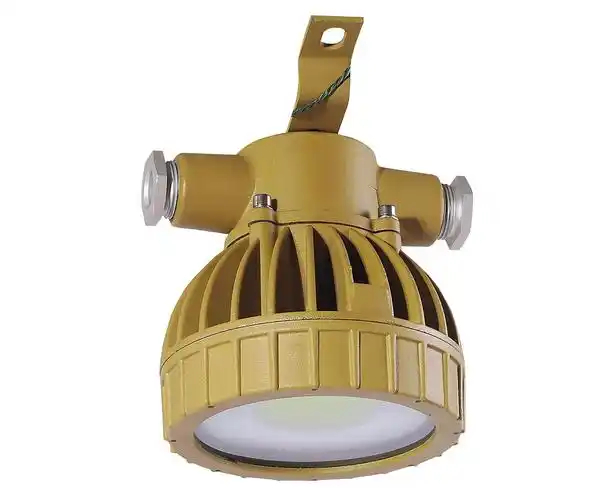
Before the lamp is turned on, the air supply system starts to fill the enclosure with clean air. As the air pressure inside the enclosure rises, it reaches a level above the ambient pressure in the hazardous area. This positive pressure difference creates a barrier that prevents the explosive atmosphere from entering the enclosure. Once the required positive pressure is achieved and maintained, the light source can be activated. The pressure control system continuously monitors and adjusts the pressure to ensure its stability. If any leakage occurs or the pressure drops due to external factors, the system will take corrective actions to restore the proper positive pressure.
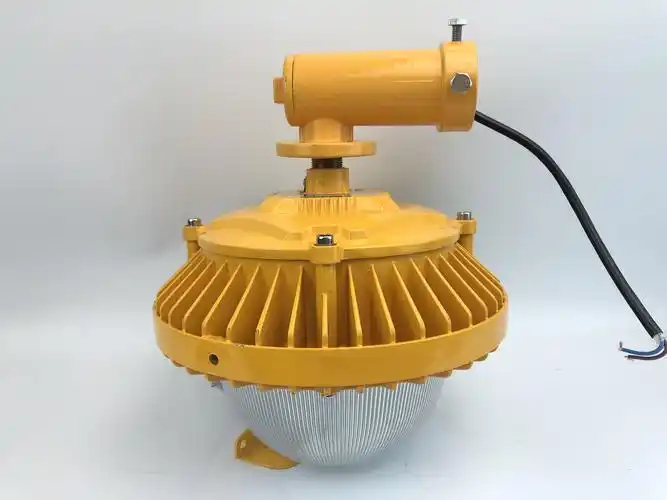
Enhanced Safety: By maintaining a positive pressure, it effectively isolates the light source and electrical components from the explosive environment, reducing the risk of ignition.
Reliable Operation: The built-in pressure control and air supply systems ensure consistent performance and long-term reliability, even in harsh and changing environmental conditions.
Energy Efficiency: With the use of LED light sources, it consumes less energy compared to traditional lighting fixtures, resulting in lower operating costs and reduced environmental impact.
Long Lifespan: LEDs have a significantly longer lifespan than incandescent or fluorescent bulbs, minimizing the need for frequent replacements and maintenance.
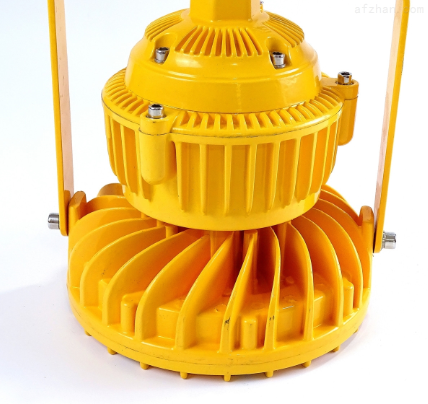
Petrochemical Industry: In oil refineries, chemical plants, and gas processing facilities where there are flammable gases and vapors present, positive pressure explosion-proof lamps are used to provide illumination in various areas such as process plants, storage tanks, and loading docks.
Mining Industry: In underground mines where there is a risk of methane and other combustible gases, these lamps are essential for lighting up tunnels, work areas, and equipment operation sites.
Food and Pharmaceutical Industry: In areas where combustible dust may be generated, such as flour mills, sugar refineries, and pharmaceutical manufacturing plants, positive pressure explosion-proof lamps are used to ensure a safe lighting environment while maintaining strict hygiene and safety standards.

